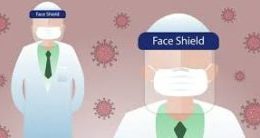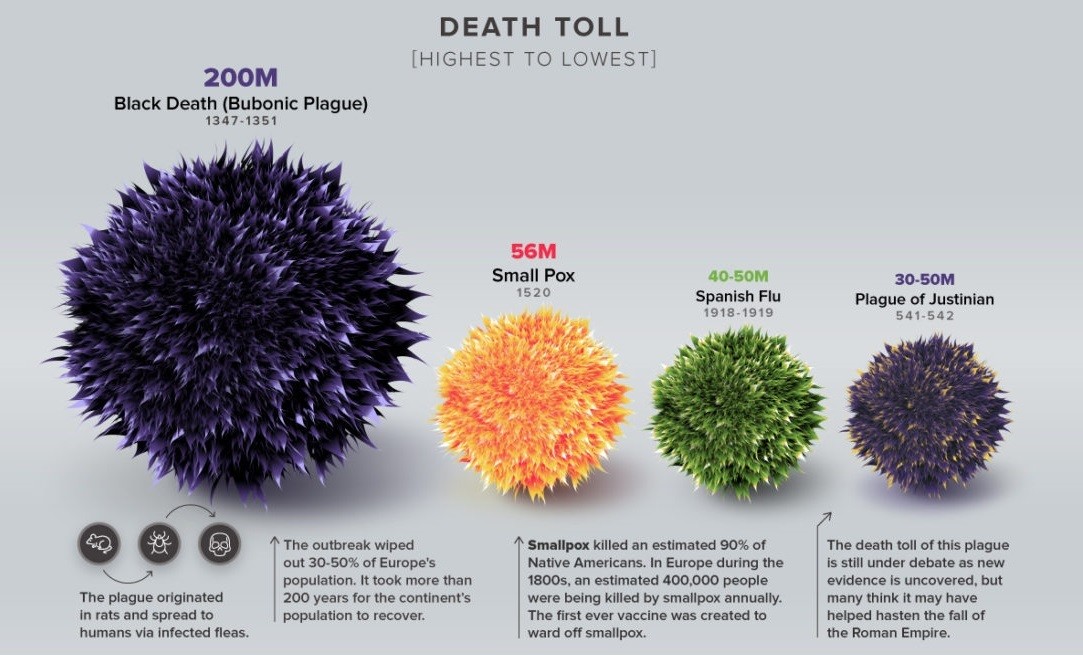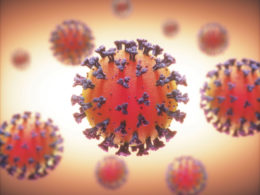Claim: The Minister of Health and Child Care, Constantino Chiwenga said this month the government will start vaccinating 3-year-olds and above to protect them from the Covid-19 virus.
Here is what the World Health Organisation says about Covid-19 vaccines and children
The World Health Organisation (WHO) said although the majority of Covid-19 vaccines are only approved for use in adults aged 18 years and above, an increasing number of vaccines are now also being authorized for use in children.
“Some countries have given emergency use authorization for mRNA vaccines for use in the adolescent age group (aged 12-17 years): BNT162b2 developed by Pfizer, and mRNA 1273 developed by Moderna. In November 2021, one stringent regulatory authority approved the mRNA vaccine BNT162b2 for use in children aged 5-11.,” said WHO.
They said trials in children as young as the age of 3 years were completed for two inactivated vaccines (Sinovac-CoronaVac and BBIBP-CorV).
“These products were approved by Chinese authorities for the age indication of 3-17 years; although these vaccine products have received EUL for adults, they have not yet received WHO EUL for children. Covaxin, an adjuvanted inactivated vaccine developed by Bharat, was approved in India for the age indication of 12-17 years; but not yet received WHO EUL for this age indication,” they said.
The Indian regulatory authorities have given approval to ZycovD, a novel DNA vaccine, for ages 12-17 years; however, this vaccine has not yet received WHO EUL.
Several COVID-19 vaccines are undergoing trials in younger age groups (including as young as 6 months of age), but results have not yet been published.
The burden of disease in children and adolescents.
WHO said overall, there are proportionally fewer symptomatic infections, and cases of severe disease and deaths from Covid-19 in children and adolescents, compared with older age groups.
“Age-disaggregated cases reported to WHO from 30 December 2019 to 25 October 2021(3) show that children under five years of age represent 2% (1 890 756) of reported global cases and 0.1% (1 797) of reported global deaths,” they said.
“Older children and younger adolescents (5 to 14 years) account for 7 percent (7 058 748) of reported global cases and 0.1% (1 328) of reported global deaths while older adolescents and young adults (15 to 24 years) represent 15(14 819 320) of reported global cases and 0.4% percent (7 023) of reported global deaths.
WHO said deaths for all ages less than 25 years represented less than 0.5% of reported global deaths.
“Children and adolescents usually demonstrate fewer and milder symptoms of SARS-CoV-2 infection compared to adults and are less likely than adults to experience severe COVID-19(4). Milder symptoms and asymptomatic presentations may mean less frequent care-seeking in these groups; thus, children and adolescents tend to be tested less and cases may go unreported.”
“An age-dependent risk of severe disease with those under one year of age experiencing more severe disease has been suggested, although several reviews show that neonates (infants in the first 28 days of life) have a mild disease when compared with other paediatric patients,” said WHO.
They said it is important to note that children under the age of five years have a higher risk of other diseases with clinical presentations that overlap with Covid- 19, such as pneumonia and other viral upper respiratory tract infections, which may lead to misclassification.
“Additionally, age disaggregation has not been systematically provided in the literature, and the results of these studies are context-specific depending on factors such as timing within the pandemic and an emphasis on hospitalized patients,” they said
WHO added, Children and adolescents can experience prolonged clinical symptoms (known as “long COVID-19”, post-COVID-19 condition, or post-acute sequelae of SARS-CoV-2 infection), however, the frequency and characteristics of these conditions are still under investigation. Additionally, a hyperinflammatory syndrome, referred to as pediatric inflammatory multisystem syndrome temporally associated with SARS-CoV-2 (PIMS-TS) in Europe and multisystem inflammatory syndrome in children (MIS-C) in the United States, although rare, has been reported to occur worldwide and complicate recovery from Covid- 19.
The role of children and adolescents in the transmission of SARS-CoV-2
Multiple population-based SARS-CoV-2 seroprevalences and viral shedding studies have investigated whether children and adolescents are infected at the same rate as adults, but the results have been mixed, possibly because of the studies being conducted at different time points in the pandemic when populations were subjected to different public health and social measures (PHSM).
“A serosurvey done in India during June-July 2021 after the second wave (Delta variant) showed that seropositivity in children 6-18 years was similar to that in older age groups – except in those older than 60 years in whom the immunization rate was high. Overall, it appeared that whether schools were open or closed, infection rates in children and adults were similar. Thus, it appears that children of all ages can become infected and can spread the virus to others.”
WHO said there is some preliminary evidence that younger children may be less infectious, as measured by secondary attack rates, than adolescents and adults.
“Data on the global incidence of COVID-19 suggest adolescents test positive for SARS-CoV-2 at a higher proportion than younger children, however, seroprevalence surveys are required to provide more conclusive information on infection rates.”
“Children who become infected with SARS-CoV-2 shed the virus in their respiratory tract and also in their feces,” they said.
WHO said the relationship between age, viral load, and transmission across the full symptom spectrum of SARS-CoV-2 infection has not been comprehensively investigated because people with no, or mild symptoms are seldom tested systematically.









